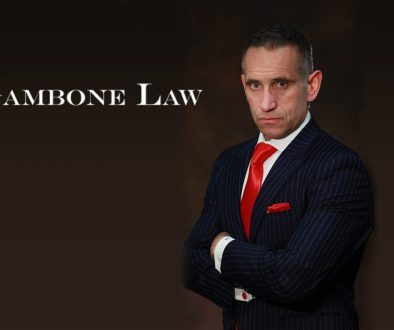Something Other Than The “Walk The Line” Field Sobriety Test
Unlike the walk and turn and one leg test it is not considered an evaluation of a person’s divided-attention skills. The HGN test is actually considered scientific evidence of impairment and so a Court should normally require the prosecution to lay a proper foundation before it is considered admissible. HGN evaluates the rapid, uncontrollable, and involuntary oscillating movements of the eye (the stigmas). The theory behind the test is that the consumption of alcohol or any drug will cause the increased involuntary jerking of the eyes. While everyone’s eyes jerk from side to side, even without alcohol or drugs consumption of either of these substances will cause the jerking motion to be more pronounced.
Nystagmus (jerking movement) is divided into three categories: horizontal, vertical, and resting, horizontal nystagmus is where the eyes move to the side, vertical is where the eyes move upward and resting is where the eyes look straight ahead. Horizontal nystagmus is most associated with alcohol but can be a symptom of controlled substances such as PCP or other inhalants Vertical nystagmus is often an indicator of PCP, depressants, or other inhalant. Resting is mostly associated with PCP use.
The major issue with the HGN test is that the prosecution is attempting to elicit expert testimony from a police officer or an investigator which is based on scientific principles. While police officers are obviously trained in law enforcement their knowledge is limited, at best, in this area and should therefore be questions as unreliable. Defense counsel should always question the introduction of the HGN results into evidence based on a failure of the prosecution to lay an expert foundation. There are certain pathological disorders such as brain tumors, brain damage, and some inner ear diseases that can cause nystagmus and not just consumption of alcohol or drugs.
During the HGN test the police are trained to look for the following clues:
- Lack of smooth movement from side to side of the eyes while following a slowly moving object such as a pen or flashlight, eyes that bounce as they move from side to side is also considered evidence of intoxication,
- Jerking of the eye at maximum deviation (this is where the eye is as far as possible to the side). When all eyes jerk the jerking impaired person will be very pronounced; and
- Jerking of eyes before they move 45 degrees to the side.
While the Pennsylvania Supreme Court has not directly ruled on the issue of the HGN’s admissibility in DUI prosecutions the Superior Court has found it admissible under the Fry v. US Standard. Under the Fry Standard scientific evidence is admissible provided that the methods for obtaining it are generally acceptable in the scientific community. Despite the Superior Court’s ruling, however, defense counsel should still argue that police officers are simply not qualified to testify as the abnormal movement of eyes based on their limited education if any in this area.
Contact Our Criminal Defense Lawyers in PA & NJ
Please click here to contact our Philadelphia criminal defense lawyers. We offer free case reviews and serve the following areas in Pennsylvania and New Jersey, Atlantic City, Camden, Cherry Hill, Chester, Conshohocken, Doylestown, Media, Norristown, Philadelphi



